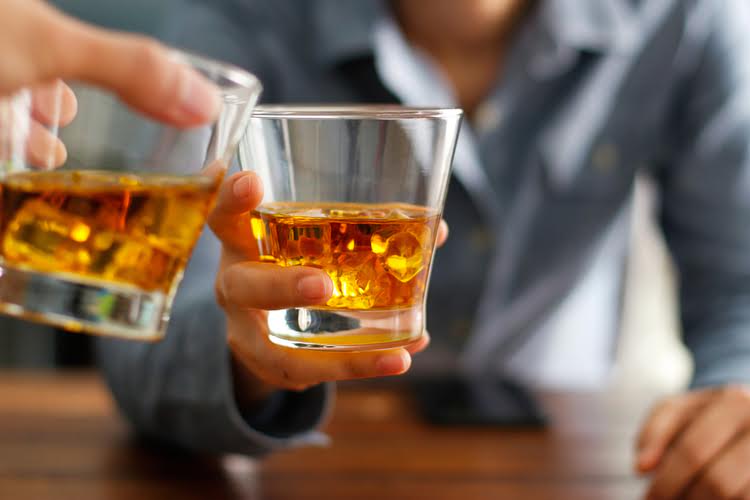One drink will typically result in a BAC beneath this threshold for both men and women. A doctor can diagnose intoxication by checking the patient’s blood alcohol content levels. Low blood sugar is another sign of possible alcohol poisoning. As a bartender or alcohol server, it’s your responsibility to stop service once you suspect that someone is over their limit. Behavioral Signs When a person reaches this stage, they are already at twice the legal driving limit. Their emotions are heightened, which could lead to unpredictable, aggressive or https://brivin2.com/the-hidden-struggle-understanding-shame-in/ violent behavior.
- They are peer-led organizations dedicated to helping each other remain sober.
- Reaching the Stupor Stage can be very dangerous and even fatal for a person.
- The person is more confident, friendly, impulsive, and has a shorter attention span.
Spot the behavioral and physical signs of intoxication to know when to stop serving.
For outpatient treatment to be effective, the person needs to have a stable home situation that is supportive of recovery. Then behavioral therapy and other services are introduced. These programs typically last 30, 60, or 90 days, sometimes longer. After this, if the person still needs care, they will require a different type of program such as a longer term residential program. Behavioral Signs When a person reaches the Intoxication Stage, their level of alertness has decreased.
How Long Does Alcohol Stay in Your System?
The intoxicated person has lost consciousness and is struggling to breathe properly. Their heart rate has likely slowed as well, and their body temperature is dropping dangerously low. Also known as drunkenness, alcohol intoxication is the negative behavior and physical effects caused by drinking alcohol. The ability to spot these signs can help you prevent overserving — and can help you avoid potentially harmful, and even fatal, situations. Someone in this stage usually needs immediate medical help to survive.
Stages of Drunkenness
The person is more confident, friendly, impulsive, and has a shorter attention span. This person may or may not be legally intoxicated at this point. In extreme cases, serious breathing issues can occur.8 Other dangers include a higher risk for injury from fights or accidents. The level of intoxication depends on how much alcohol has been consumed. At this stage, those around the individual will likely notice that they are visibly intoxicated.

An intoxicated person at this stage may show slowed reaction times, reduced memory, blurred vision, and a lack of coordination. These effects typically start to occur when alcohol reaches a certain percentage of a person’s bloodstream, known as their blood alcohol Sober living home content (BAC). These programs organize your treatment session based on your schedule. The goal of outpatient treatment is to provide therapy, education, and support in a flexible environment. At a BAC of 0.05 or less, the individual is unlikely to appear intoxicated. Depending on the person, judgment and reaction time may be mildly impaired.
Death (+.50% BAC)
PHPs accept new patients as well as people who have completed an inpatient program of 1 to 2 weeks but still need focused recovery care. Most programs help set up your aftercare once you complete the inpatient portion of your treatment. These programs provide 24/7 comprehensive, structured care.
Our website is scanned on a in which stage of intoxication does an individual become aggressive regular basis for security holes and known vulnerabilities in order to make your visit to our site as safe as possible. We never ask for personal or private information like names, email addresses, or credit card numbers. Your understanding of the above consents and disclaimers is greatly appreciated. For any queries or concerns related to this communication method, please reach out to us through official channels provided by Harmony Recovery Center.

They should also be given water if possible and kept warm. A person at this stage can barely move or stand, is prone to vomiting, and may slip in and out of consciousness. The chance of an alcohol overdose is very high here, and medical help should be sought immediately. At this stage, there are typically no noticeable signs of intoxication. Some services provide food and transportation, but services vary by program.


